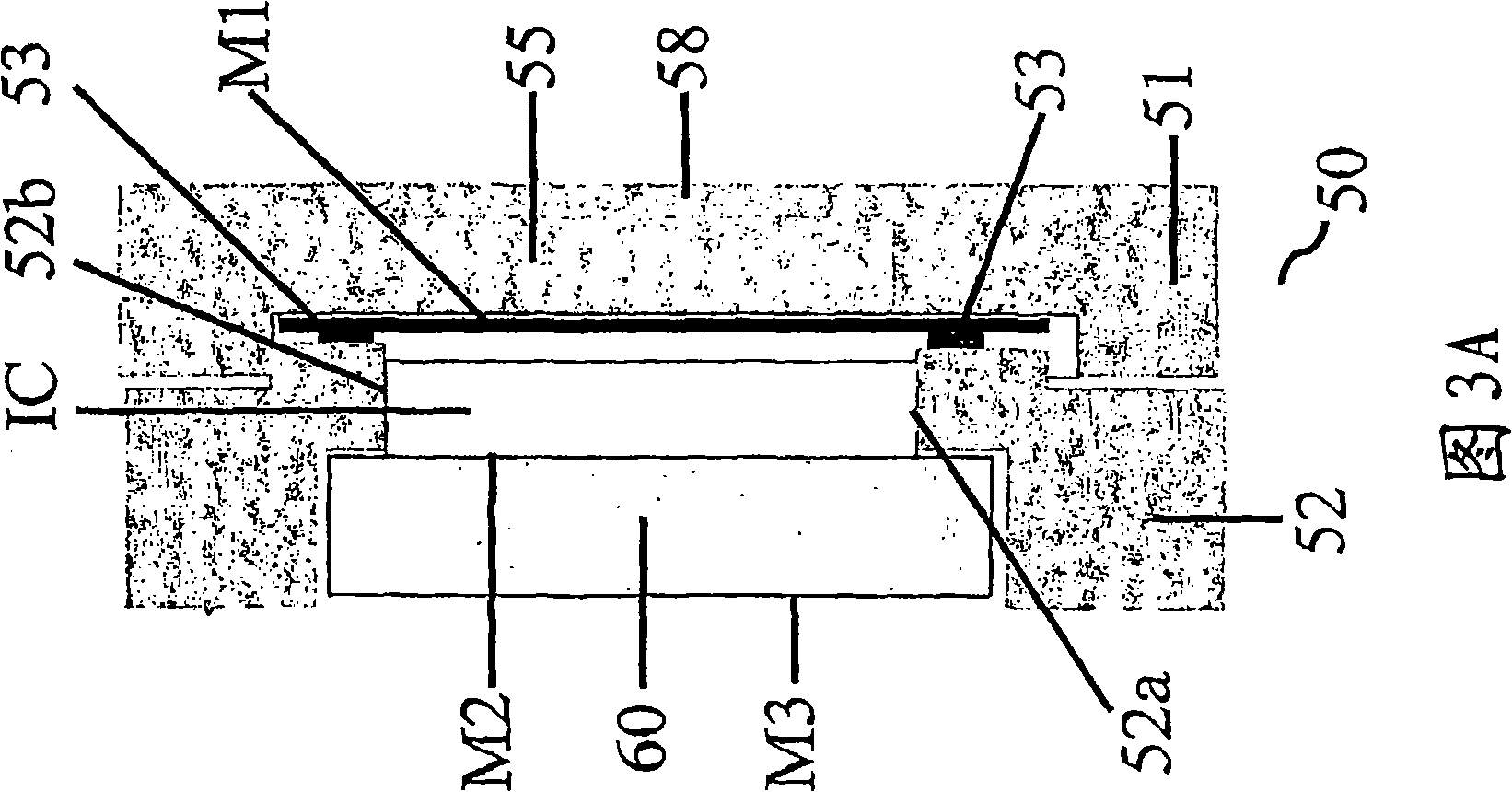Bioreactor for cell and tissue culture
A technology of bioreactor and cell culture, which is applied in the field of bioreactor to achieve the effect of reducing cost, improving water retention and increasing efficiency
- Summary
- Abstract
- Description
- Claims
- Application Information
AI Technical Summary
Problems solved by technology
Method used
Image
Examples
Embodiment approach
[0108]In a preferred embodiment, the semipermeable filters used in the present invention allow passage of molecules up to a certain molecular weight or size. Semi-permeable filters with defined pore sizes are known to those skilled in the art and are commercially available. In a preferred embodiment of the invention, the semi-permeable filter is permeable to molecules of a maximum predetermined molecular weight (eg 50 kDa, 100 kDa, 150 kDa, 200 kDa or 250 kDa). Alternatively, the permeability of a semi-permeable filter can be determined by the pore size therein. The pore size of the semi-permeable filter may be less than or equal to 0.5 μm, such as less than or equal to 0.3 μm, preferably less than or equal to 0.2 μm, more preferably less than or equal to 0.1 μm, and most preferably less than or equal to 0.05 μm. A wide variety of filters can be used. These filters may be made of materials selected from, but not limited to, polytetrafluoroethylene (PTFE), polyvinylidene fluo...
Embodiment 1
[0229] Example 1: Maintenance of the differentiated state of human hepatocytes in long-term culture: expression of cellular proteins
[0230] Specific proteins expressed by fully differentiated human livers and not normally found in hepatocytes grown under standard-plating culture conditions were found in cells cultured with the bioreactor of the present invention. Fully differentiated hepatocyte proteins were still found in culture after 302 days.
[0231] Human hepatocytes were grown in the bioreactor of the present invention for 302 days and then labeled with [35S]-methionine for 20 hours.
[0232] One or more cell cultures are grown as described above using a medium such as Eagles, DMEM or RPMI 1640 under normal culture conditions (eg 37°C for human cells). Depending on the specific cell culture considered, the medium needs to be changed every two or three days. Hepatocytes require fresh medium every two days. The medium was replaced by stopping the bioreactor, waiting ...
Embodiment 2
[0238] Example 2: Maintenance of the differentiated state of human hepatocytes in long-term culture: viability of the secretory mechanism
[0239] Hepatocytes cultured under microgravity conditions using the bioreactors of the present invention secrete specific proteins that are secreted by fully differentiated normal human mature hepatocytes and not normally secreted by hepatocytes grown under standard-plate culture conditions.
[0240] Proteins were precipitated from growth medium aliquots of the tissue culture of Example 1 and analyzed by two-dimensional gel electrophoresis and mass spectrometry. Proteins were identified by protein, accession number and protein description in Table 2. The number of isoforms identified correlates with gel staining spots that were positively identified as the protein of interest.
[0241] Table 2: Proteins found in bioreactor medium secreted by fully differentiated hepatocytes and not normally secreted by hepatocytes grown under standard-pla...
PUM
| Property | Measurement | Unit |
|---|---|---|
| Aperture | aaaaa | aaaaa |
| Thickness | aaaaa | aaaaa |
| Thickness | aaaaa | aaaaa |
Abstract
Description
Claims
Application Information
 Login to View More
Login to View More - R&D
- Intellectual Property
- Life Sciences
- Materials
- Tech Scout
- Unparalleled Data Quality
- Higher Quality Content
- 60% Fewer Hallucinations
Browse by: Latest US Patents, China's latest patents, Technical Efficacy Thesaurus, Application Domain, Technology Topic, Popular Technical Reports.
© 2025 PatSnap. All rights reserved.Legal|Privacy policy|Modern Slavery Act Transparency Statement|Sitemap|About US| Contact US: help@patsnap.com



